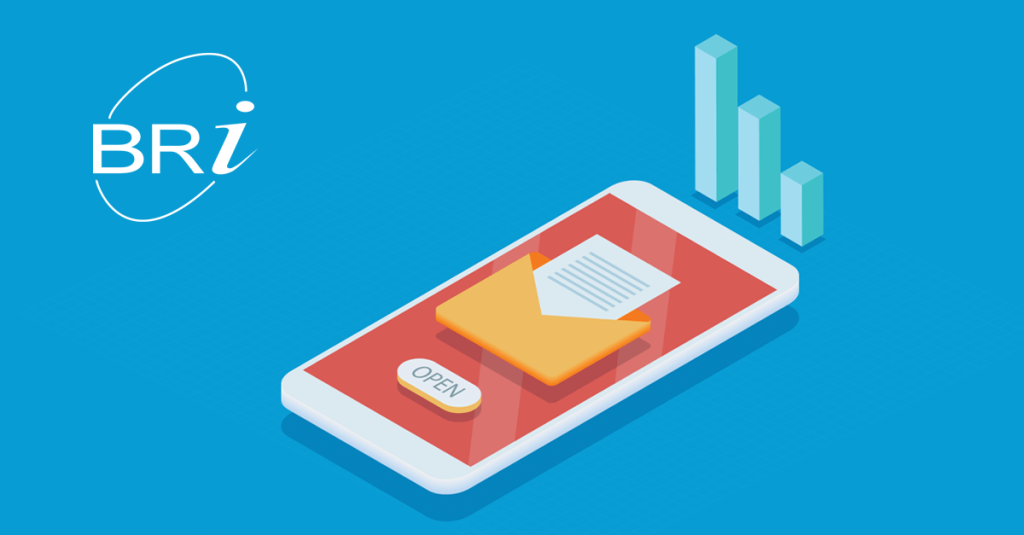If you’ve ever written an email, you probably know that email subject lines are important. Maybe you’ve seen a “Fwd: Fwd” show up in your inbox and then had to figure out what was going on.
We’re going to give you four ways to avoid that and be the person who writes email subject lines that people actually want to open.
How do you make your email subject lines stand out?
One of my old coworkers once joked that if he ever needed someone to open an email, he’d just put “I have your child. Send me the money”. While preying on people’s fears is a tactic for clicks, it ends up harboring ill trust so is inadvisable.
So how do you stand out? Well, beyond scare tactics, you can use several methods to grab (and hold) employees’ attention.
Here are four ways to break through the noise and clutter of employees’ inboxes. We suggest using one at a time instead of creating a franken-subject line that includes all four tips. You want to be interesting without being overwhelming.
Tip 1: Use numbers
By including numbers and statistics you can immediately get your audience’s attention. This can be especially pertinent if you are citing a way for employees to save money.
However, beyond money saving, you can incorporate numbers from a FOMO perspective or to clue your readers into the time commitment of reading your content.
Using numbers for FOMO
FOMO means Fear of Missing Out. Compliance expert and researcher Robert Cialdini found that if people think an item or service will only be available for a limited time they are more likely to purchase it. This is known as the scarcity principle.
How does this impact your email subject lines? You can incorporate numbers that hint at losing out if action is not taken. For example, instead of saying “Open enrollment ends in one week” try saying “Don’t miss your last chance to sign up for benefits– details enclosed”.
Pro Tip: Personalize with the use of “your” “we” or “our” when possible so you are directly addressing your reader.
Using numbers to imply value
With the average reader’s attention span being 8 seconds, content must increasingly be skimmable or bite-sized. That’s why listicles are so popular. By listing a number in the subject line, as this post did, you set up an expectation for the time commitment and value output your message will convey. A subject line is the first step in a transaction: You take the reader’s time, and in return, they expect to be given something– important information, ways to fix an issue, steps to improve a process, etc.
Once you hook your reader with a subject line that promises a low to medium time commitment and high value output, make sure you deliver and keep the communication focused and easy to read. If you need to convey more information than can fit into one email, use hyperlinks or advise on where the additional information can be found.
Tip 2: Ask a question or hint at a topic
This can be useful if you want your employees to open a communication that answers a specific question. For example “how many people choose the wrong benefits” or “Use these steps to pick benefits for the whole family”.
One important thing to remember is that your subject line doesn’t need to address everything in your email. It should focus on the most important or most interesting piece of information. Lead with honesty but also be interesting and helpful.
Next, you’ll want to focus on how your readers will avoid pain or benefit by opening your email. Again, the concept of the transaction.
Tip 3: Focus on how they’ll avoid pain or directly benefit
This may seem obviously, but emails are often boring and informational. Your job is not just to convey information. That is your overall goal. But your job is to make sure that you are communicating in such a way that the necessary information is conveyed. So just listing the information in the subject line is not your best option.
Instead, strike a balance between being providing information and piquing interest.
Think about the last five emails that you opened. Why did you open them? Were you expecting them? Did they have information you wanted? Did they provide a solution to an issue?
The point is to write email subject lines that pique interest, inform and ideally, offer a solution. For example, alternate title considered for this blog were: “Avoid these four email subject lines” and “Write better email subject lines in 4 steps”.
Don’t think about the information you need to share; think about how you can engage your reader’s interest so that they will be willing to open the message you have sent.
Items to avoid in your email subject lines
Best practices don’t just stop at what you should do, so here’s a short list of what you shouldn’t do in your email communications:
- Be vague. List one or two words to hone in on the main topic: e.g. “Training on New Benefits Platform Available” is not as strong as “Training Video on New Benefits Platform Available”
- Add unnecessary details. Save these as headers or sections in the email.
- Convey multiple main points. Choose one main point that is interesting or important.
Test it before you send it
Finally, once you’ve written a subject line, test it on yourself. If you were an employee and saw that in your inbox, would you open it? If the answer is yes, send our your newly crafted email subject line(s) and be proud.
Get more Open Enrollment communication advice from our blog or download our Remote Work Guide that includes a 5-step benefits communication plan.



